Santa Barbara Parents and Doctors Freeing Kids from Phones
Grassroots Groups Push for Tech Reform as School Districts Strengthen Classroom Policies
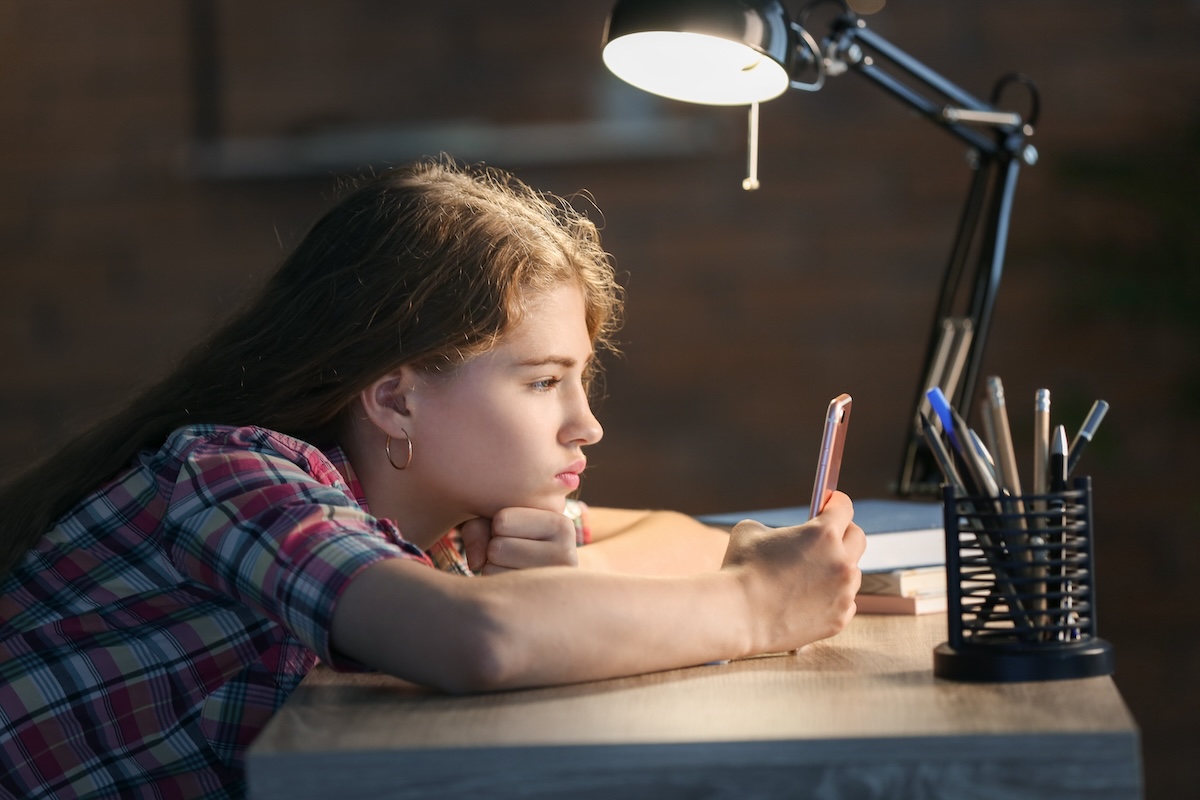
Goleta parent Lesley Miller recently faced the “stress and angst” of deciding whether to give her 13-year-old daughter, Anna, a smartphone. She mulled over the potential consequences — such as mental-health issues, including anxiety and depression — and decided to go for an alternative.
She is not alone. Many parents, and now the state, are grappling with the issue of how to disconnect kids from often-addictive screens.
Governor Gavin Newsom recently signed the Phone-Free Schools Act (Assembly Bill 3216), which mandates that California school districts limit or ban smartphone use in classrooms by 2026.
It will take effort to fully kick the problematic pixels, but Santa Barbara County parents, pediatricians, and schools are getting a head start.
In the Home

This year, Miller and fellow parent Kathryn Birch founded Goleta Parents for Tech Reform, a grassroots group advocating for a “Wait Until 8th” pledge in Goleta elementary schools.
The pledge encourages parents to hold off on giving smartphones to kids until after 8th grade.
It’s tricky territory for parents to navigate — peer pressure is not pretty — but the group has seen an increase of nearly 200 pledges in just the last month, according to Miller.
The initiative was inspired by the national “Wait Until 8th” organization and Jonathon Haidt’s book The Anxious Generation, highlighting the mental-health crisis in children linked to screen use.
“Parents feel backed into a corner,” Miller said. “It’s hard to not give your child something when all of their friends have it. But a growing groundswell of parents want to see change happen.”
For her daughter, Miller opted for a Gabb phone, an alternative with no access to social media or internet. Some of Anna’s friends, Miller said, have similar devices, which makes it easier.
Miller aims to expand the movement across Goleta elementary schools, noting that many parents give their kids smartphones by 5th or 6th grade.
“We want to encourage parents to start these conversations earlier … before they feel forced to make a decision,” she explained.
While she called Governor Newsom’s recent signature on AB 3216 “long overdue,” Miller raised concerns about the bill’s “murky,” up-for-interpretation language. She worries that teachers will have different enforcement methods, and that kids may still have phones out during passing periods and recess, when they should be interacting with peers.
“I would like to see phones not allowed on campus altogether, but done safely and in a way that parents still can reach students,” Miller added.
An uptick in school violence since the 1999 Columbine shooting has been a strong motivator to give kids phones. But it’s a sticky, two-sides-of-the-same-coin situation. Parents may be desperate to reach their children in an emergency, but recent threats of school violence spread via social media.
However, many school districts have adopted or are considering policies that allow students to have their phones in case of emergencies.
“We as parents need to show that we want change to happen … that’s really what we’re trying to do,” Miller said.
And they are not the only ones.
In the Doctor’s Office
Dr. Kristen Hughes, a pediatrician in Santa Barbara since 2011, cofounded TechWell (formerly TechWise) — a group of local mental-health providers advocating for healthier tech use in children — with Kymberly Ozbirn, a school psychologist, after witnessing the mental and physical ailments their young patients face.
Screen addiction contributes to mental-health issues like isolation, anxiety, and depression, as well as physical side effects such as over- or under-eating due to disrupted hunger cues and sleep deprivation from late-night screen time.
Some children also experience attention disorders and developmental delays in speech and social skills.

TechWell’s goal is to “get to the root cause and prevent” this “dramatic” shift in children’s health, which is “not going to be as simple a fix as writing a prescription,” Hughes said.
The group has conducted research, spoken at school board meetings, and hosted forums for parents while advocating for the rollback of the one-to-one tablet policy in Santa Barbara Unified (in favor of sets that don’t leave the classroom), as well as stricter regulations on social media and internet access.
Limiting technology use in schools helps students focus. Studies show that simply having a smartphone nearby is enough to distract us from tasks, Hughes said, “and the more we engage with it, the worse we are at the task we’re trying to perform.”
But students aren’t just learning in the classroom. Social-emotional learning happens during breaks; if students are glued to their phones, they miss opportunities to develop communication skills, build relationships, and strengthen friendships.
One 2014 study showed that after just five days at an outdoor camp without screens, children were better able to read their friends’ facial expressions and other nonverbal emotional cues.
“As humans, we have a body, we have a face, we have eyes — since the dawn of humanity, we have used all that to communicate with one another,” Hughes said. “Emojis are a poor substitute.”
Quoting Mr. Rogers, she added, “A computer can help you to learn to spell H-U-G, but it can never know the risk or the joy of actually giving or receiving one.”
In the Classroom
Santa Barbara Unified enacted an off-and-away policy for phones about a year ago, which has since evolved into each high school requiring “cell hotels” — a place for students to “check in” their phones and smartwatches to keep it out of reach — in all classrooms.
Governor Newsom even applauded the school district for their efforts when discussing the statewide ban.
Now, other Santa Barbara County school districts are following suit and strengthening their policies.
In the Goleta Union School District (GUSD), the student handbook has long stated that cell phones are not allowed, according to Vicki Ben-Yaacov, GUSD school board president.

“We have been enforcing this policy a lot more in recent years, before the governor ever signed this bill,” she said. That includes messaging with parents that phones should not come out in the classroom.
GUSD is currently working on a “technology management plan,” but that is complicated by newer curricula that seem to be increasingly reliant on tech. Ben-Yaacov said their priority is to ensure that an iPad is not replacing the crucial relationship between a child and their teacher.
“We want to design a plan to help kids learn but still have that piece of developing relationships with people while also considering safety and monitoring internet access,” she said. “We had a plan before, but it needs to be updated constantly because technology is constantly changing; our kids are young, but they are so tech-savvy.”
She said part of their focus is on educating kids to use technology responsibly, encouraging good digital citizenship.
Additionally, this August, the Carpinteria Unified School board unanimously approved specific restrictions on cell phones and similar devices during the school day in accordance with the new law — including no phones allowed at all for TK-5 students, phones required to remain off and put away during the entire school day for junior high, and limited phone use after and before school and during breaks for high school.
“I think this is really going to make a big difference,” said one parent at the August 27 meeting. “I think it will go a long way to restore the historic atmosphere where teachers are the sole person controlling the room.”
Families can sign up for the Wait Until 8th pledge by visiting waituntil8th.org/take-the-pledge.
Premier Events
Thu, Nov 28
12:00 PM
Santa Barbara
Thanksgiving Dinner at The Harbor Restaurant
Fri, Nov 22
11:00 AM
Santa Barbara
Santa Barbara Antique & Vintage Show & Sale
Fri, Nov 22
6:00 PM
Santa Barbara
Introduction to Crochet Workshop
Fri, Nov 22
7:30 PM
Carpinteria
Rod Stewart VS. Rolling Stones Tribute Show
Fri, Nov 22
9:00 PM
Santa Barbara
Numbskull Presents: Jakob’s Castle
Sat, Nov 23
11:00 AM
Santa Barbara
Santa Barbara Antique & Vintage Show & Sale
Sat, Nov 23
12:00 PM
Santa Barbara
Fall 2024 Healing Arts Faire
Sat, Nov 23
7:30 PM
Santa Barbara
SBCC Theatre Arts Department presents “Mrs. Bob Cratchit’s Wild Christmas Binge”
Sun, Nov 24
11:00 AM
Santa Barbara
Santa Barbara Antique & Vintage Show & Sale
Sun, Nov 24
6:00 PM
Santa Barbara
¡Viva el Arte de Santa Bárbara! Mariachi Garibaldi de Jaime Cuellar
Sun, Dec 01
5:00 PM
Santa Barbara
Paseo Nuevo Tree Lighting Ceremony
Thu, Nov 28 12:00 PM
Santa Barbara
Thanksgiving Dinner at The Harbor Restaurant
Fri, Nov 22 11:00 AM
Santa Barbara
Santa Barbara Antique & Vintage Show & Sale
Fri, Nov 22 6:00 PM
Santa Barbara
Introduction to Crochet Workshop
Fri, Nov 22 7:30 PM
Carpinteria
Rod Stewart VS. Rolling Stones Tribute Show
Fri, Nov 22 9:00 PM
Santa Barbara
Numbskull Presents: Jakob’s Castle
Sat, Nov 23 11:00 AM
Santa Barbara
Santa Barbara Antique & Vintage Show & Sale
Sat, Nov 23 12:00 PM
Santa Barbara
Fall 2024 Healing Arts Faire
Sat, Nov 23 7:30 PM
Santa Barbara
SBCC Theatre Arts Department presents “Mrs. Bob Cratchit’s Wild Christmas Binge”
Sun, Nov 24 11:00 AM
Santa Barbara
Santa Barbara Antique & Vintage Show & Sale
Sun, Nov 24 6:00 PM
Santa Barbara
¡Viva el Arte de Santa Bárbara! Mariachi Garibaldi de Jaime Cuellar
Sun, Dec 01 5:00 PM
Santa Barbara






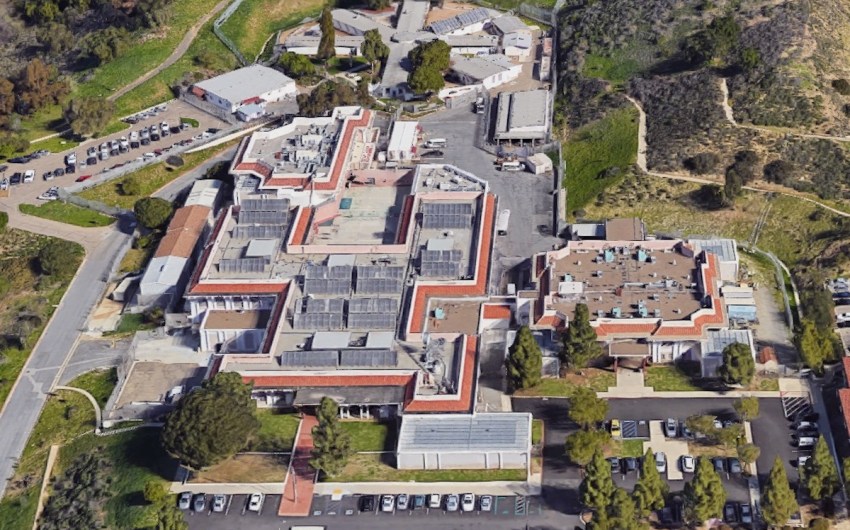

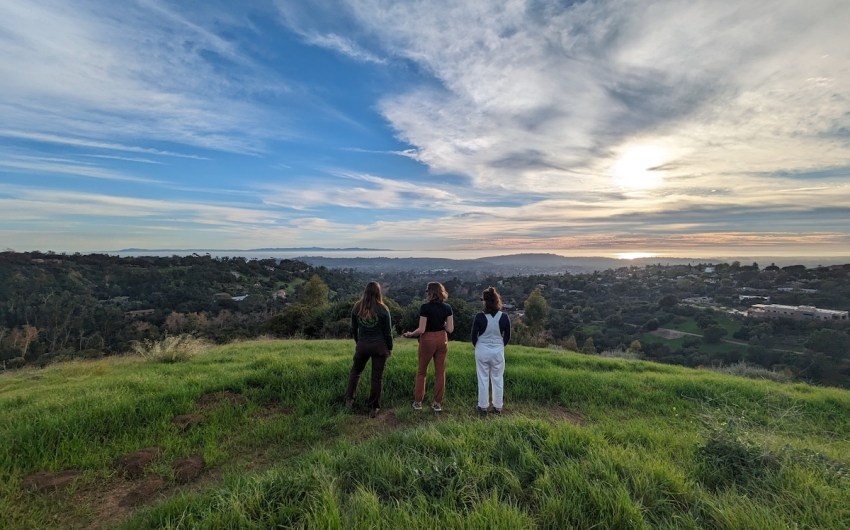

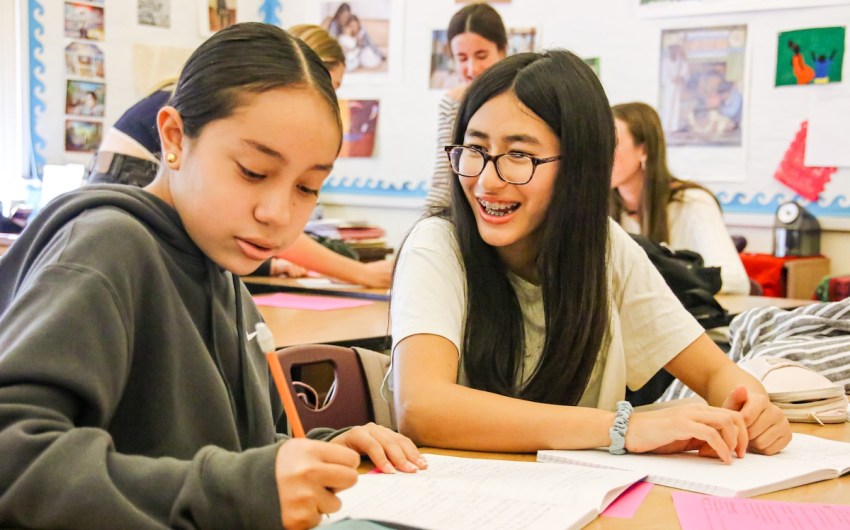
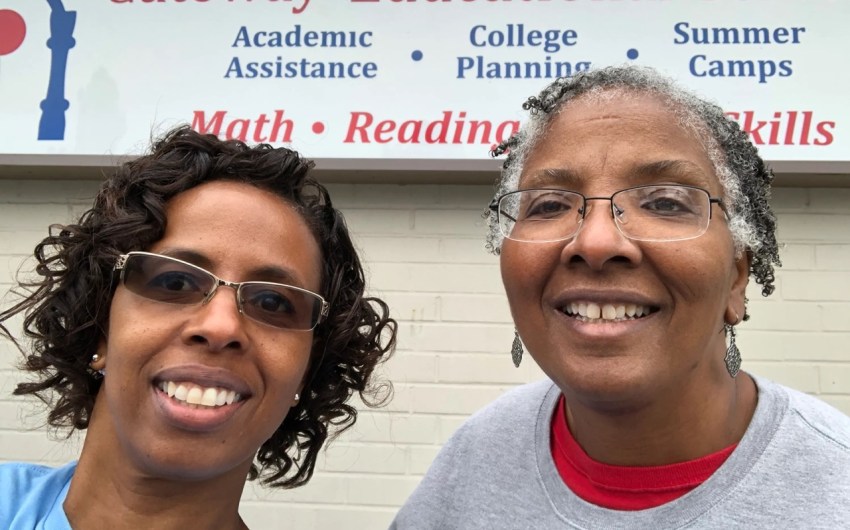











You must be logged in to post a comment.